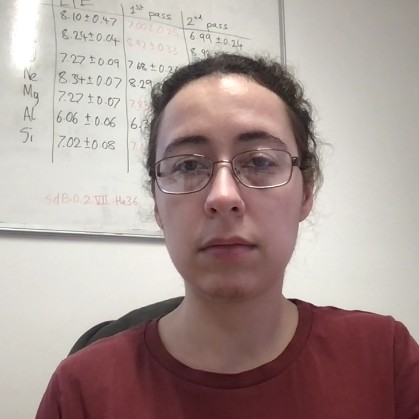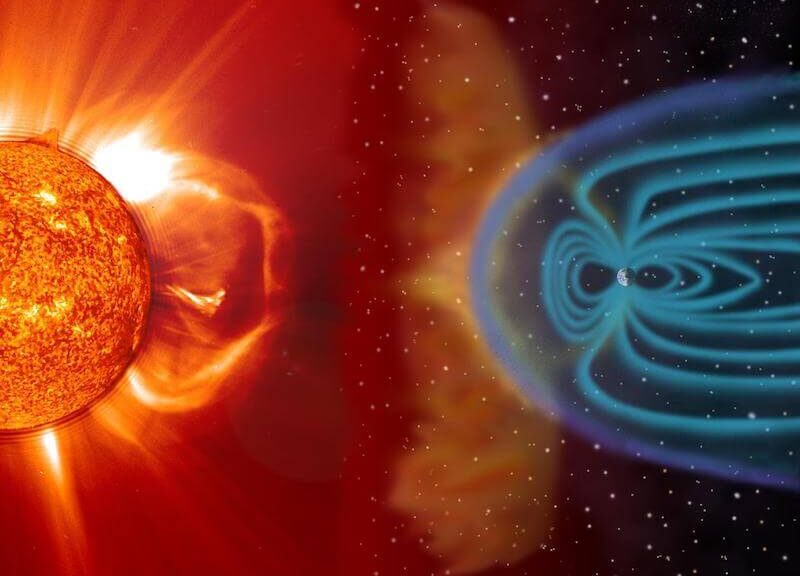With solar activity approaching a strong maximum, and last night’s aurora, this will be a fascinating and very timely lecture!
Biography:
Alexandra is a Space Scientist working at DIAS Dunsink Observatory in Dublin, a site of historical significance in Irish (and international) astronomy. She has always been passionate about science, technology, engineering and mathematics (STEM), and so completed her Physics degree with a specialism in space science and technology at the University of Leicester in 2016. With a passion for space physics, Alexandra completed a PhD on Earth’s Space Weather in 2020, which was a springboard for a career in space science.
Since 2020, Alexandra has worked in Dublin, researching primarily Earth’s Space environment and Space Weather through many different avenues. She has also explored similarities and differences with the space environments of different planets of the solar system.
In this talk, Alexandra will discuss the “winds”, “storms” and “rains” of Earth’s Space Weather. We will start at the centre of the Solar System, where the Sun’s atmosphere bubbles and streams out. This solar “wind” crashes into planets throughout the solar system, driving “stormy” conditions which in turn drive all kinds of dynamics. We will explore famous space weather storms throughout Earth’s history, and the impacts they have had on human technology. Finally, particles which “rain” down on the Earth’s atmosphere dramatically drive the Earth’s aurora: it’s Northern and Southern lights, and similarly driver aurorae throughout the Solar System.
VENUE: Larmor Lecture Theatre, Astrophysics Research Centre, Physics Building, QUB.
Admission free, including light refreshments, All welcome.




